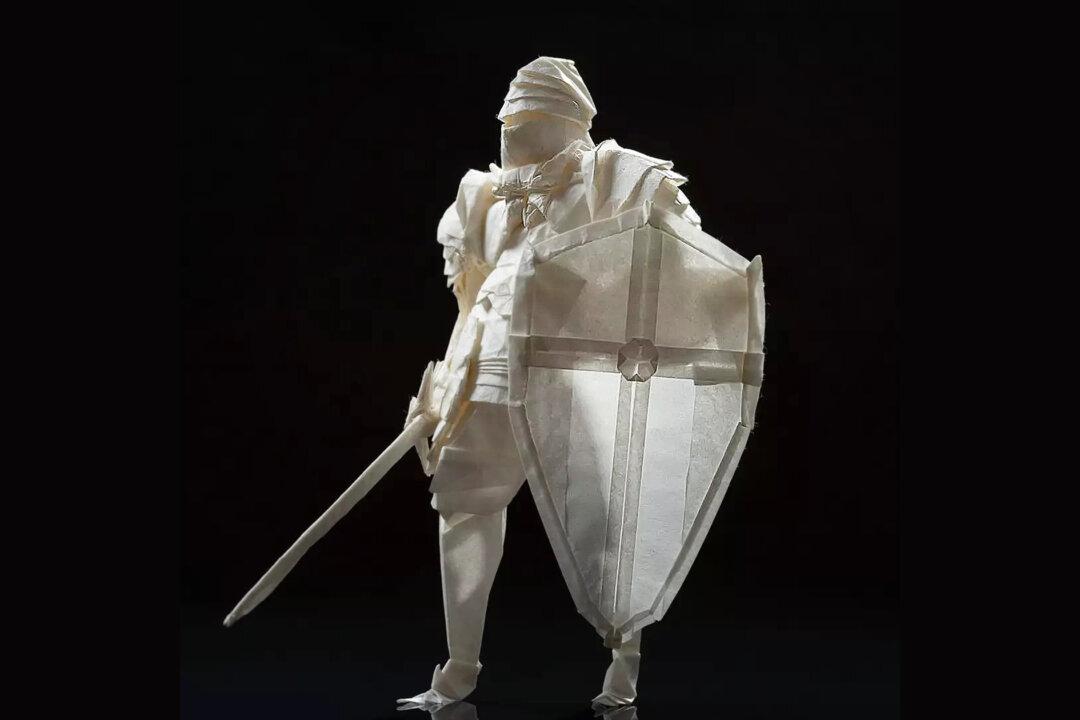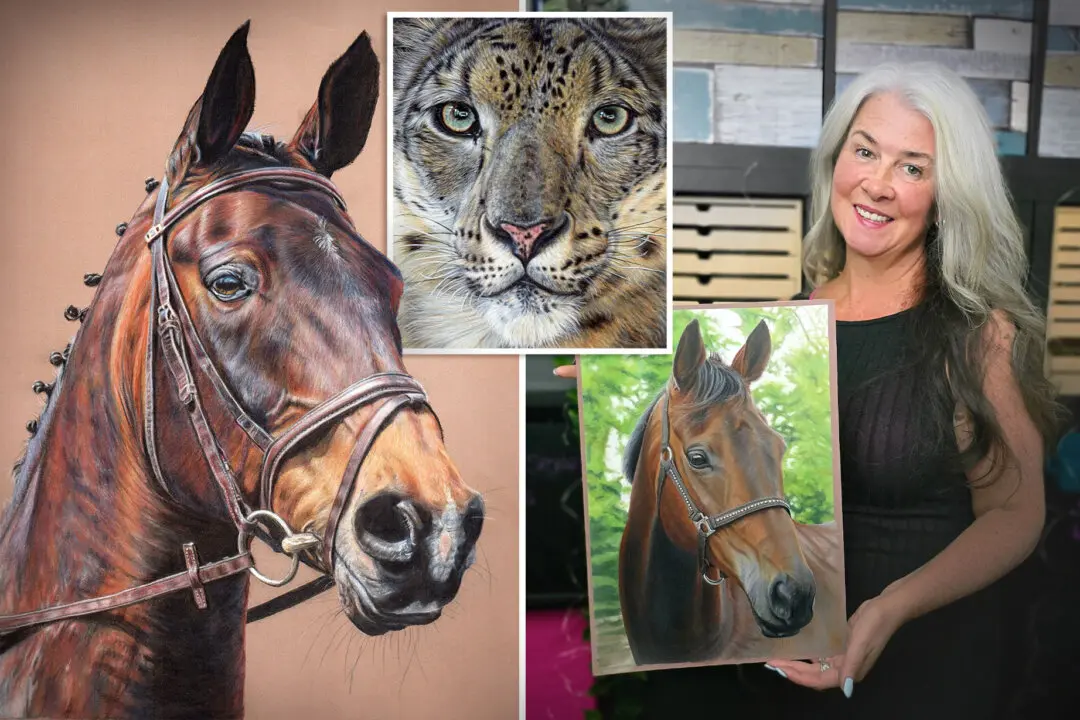The Japanese artform of origami is a craft of elegant simplicity, and any hopeful origami practitioner knows the challenges in creating artwork from folding a single piece of paper.
One professional origami artists from Finland, Juho Könkkölä, who’s enjoyed origami from a very young age, started innovating sophisticated origami fantasy figures “out of boredom” in 2018. Juho labored to produce his own original origami figure designs, the first to roll off the line being a marvelous “outlaw” equipped with a shield and sword—not composite parts affixed together, but a single piece as a whole.






